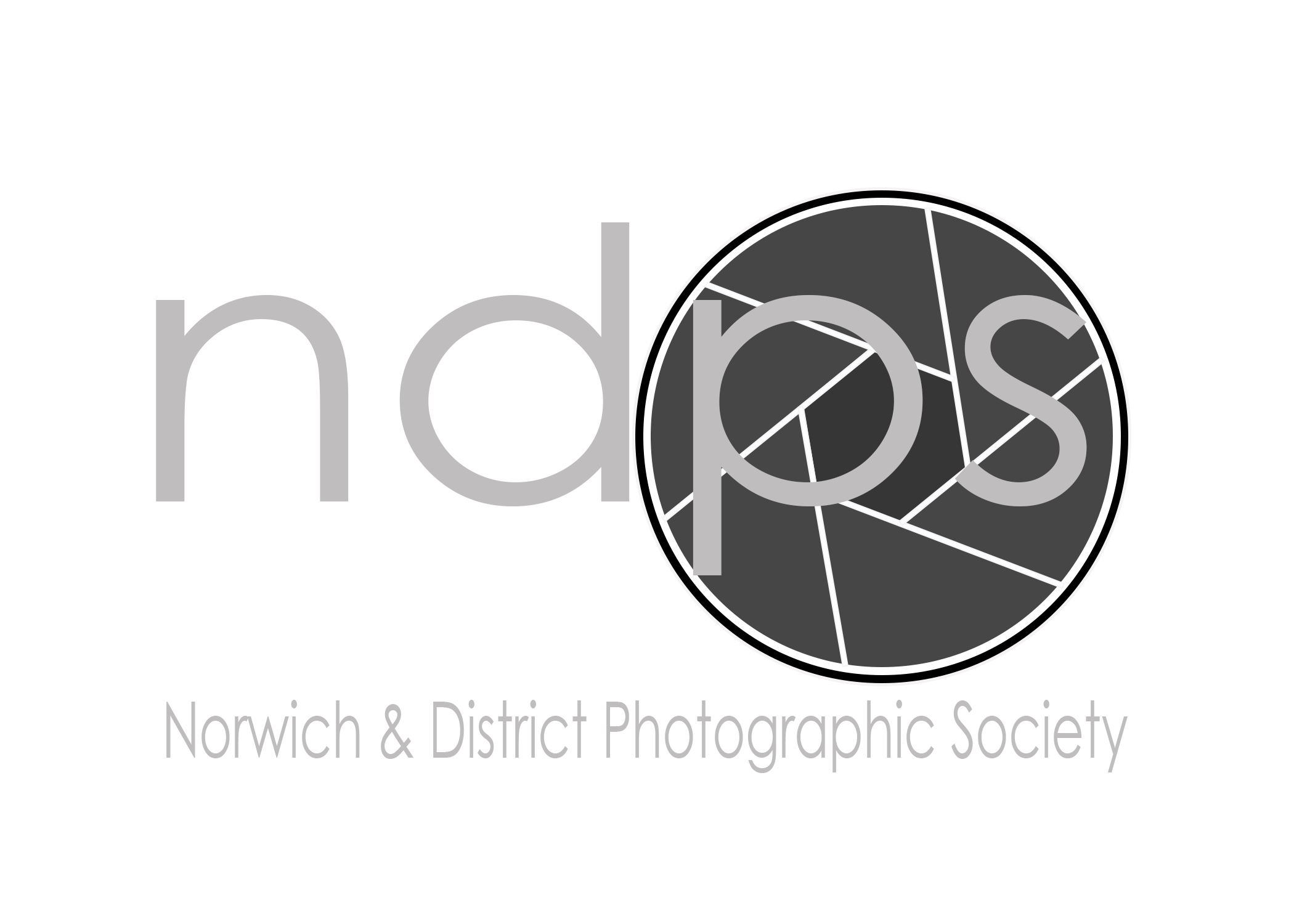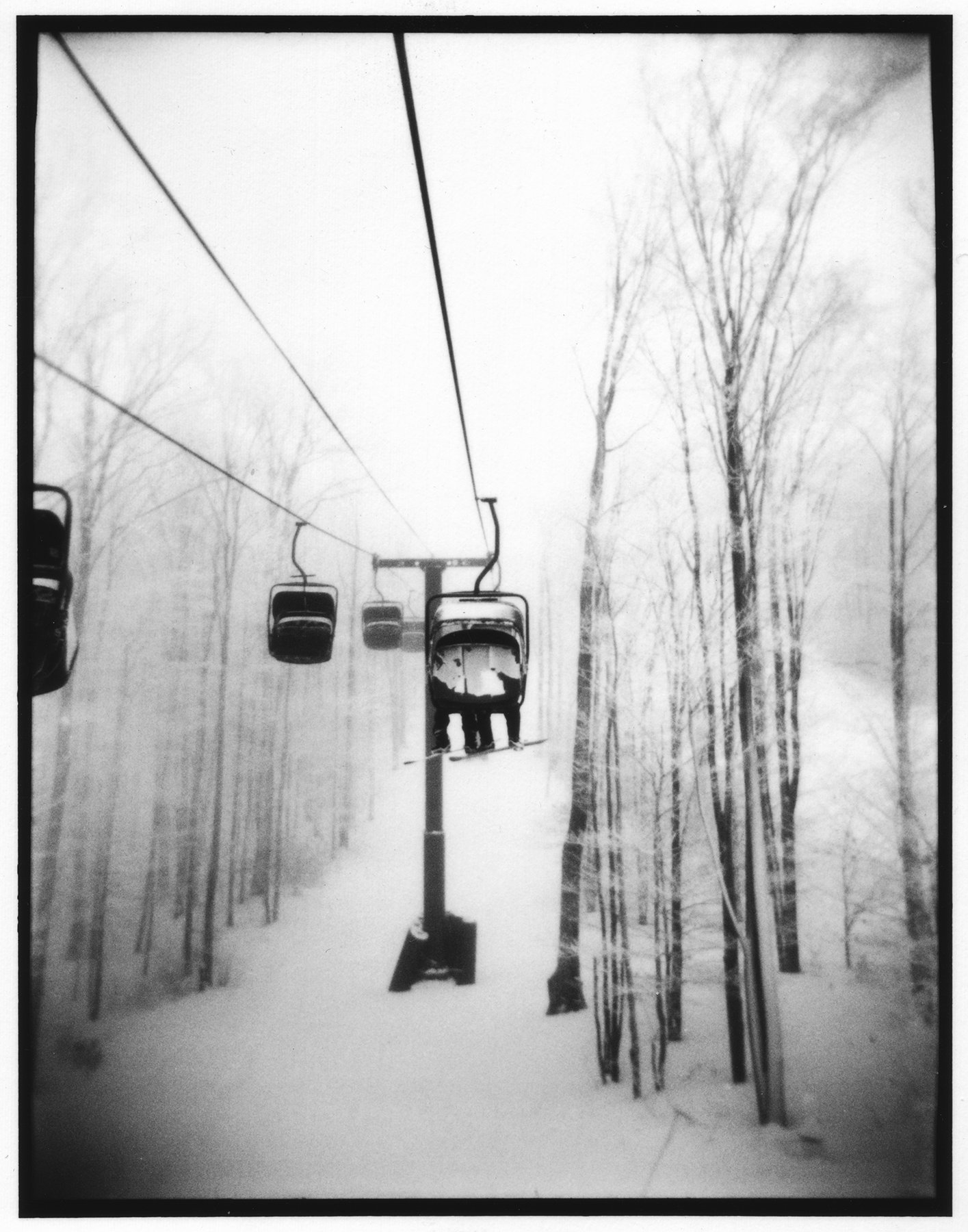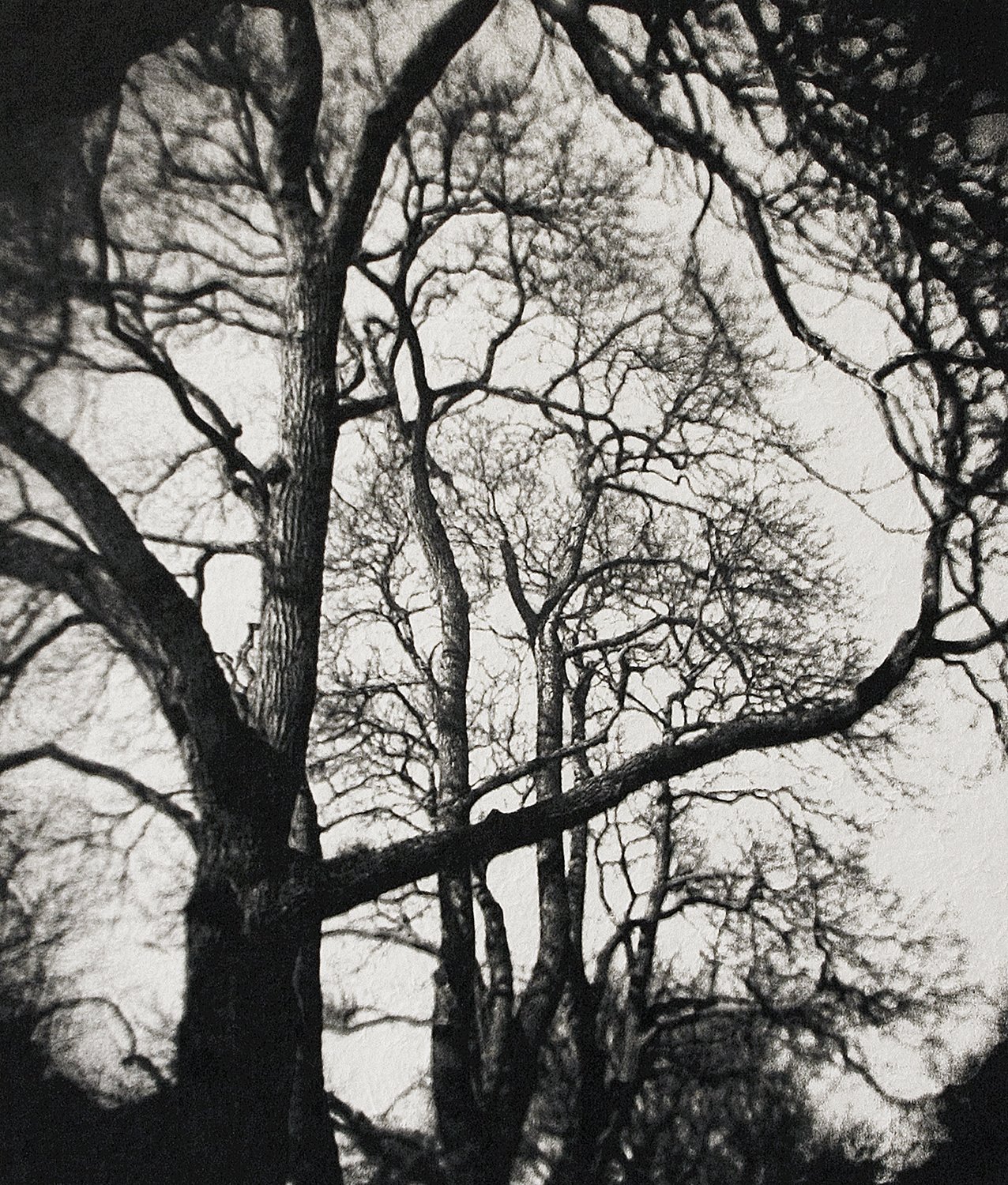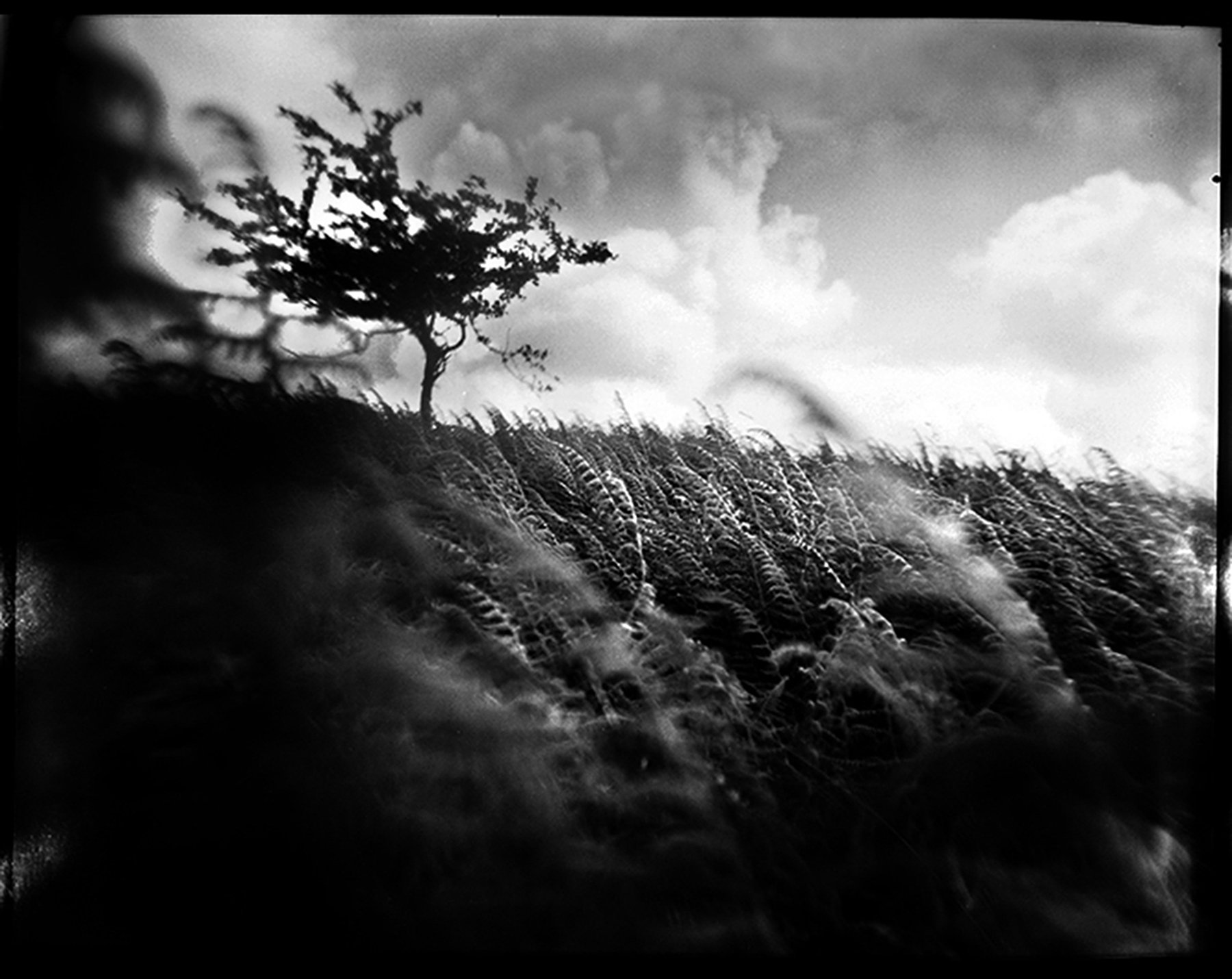Seeing in Black and White by Eileen Rafferty
This evening from the far north of the United States, not so far from the border with Canada Eileen delivered her lecture on seeing in black and white. Her background was in film, and she was a full time darkroom technician in her early work life, and she mused how black and white was still an alluring form after 200 years or so.
Eileen was keen to point out at the very start that black and white conversion was definitely not a way to 'save' a picture! She said that a photograph was in two parts - form and content, the form is visible, and the content tells the story or concept or meaning. Inspiration can be drawn from early photos.
Using these old pictures we can ask 'Why black and white?', what is contrast and where is the eye of the person looking at the picture being drawn and why. Black and white images eliminate the dominance of colour and bring attention to content. The image is more homogenous in black and white, more dramatic! Obviously black and white is a departure from reality because colour is 'everyday'.
The trick is to see the colour world in black and white! How to notice form, shape, line, texture. Tune in to light, after all that's what we are photographing, we need to train our eyes and be able to see differences between hue, saturation, and luminosity.
The tone of colour is so important, it's related to brightness, but can we recognise tones? Being able to separate tonal values is necessary which means that saturation and hue are irrelevant. It was here that Eileen produced many examples of hue and saturation and conversion to black and white for comparison and comparing histograms.
Where is the eye of the watcher drawn in a photo? The answer seemed to be bright areas, sharp areas and high contrast areas so the photographer must be aware of these if he, or she, is to achieve a good black and white image.
Many thanks. Eileen, for an incisive and interesting evening seeing in black and white.
Images copyright of Eileen Rafferty




